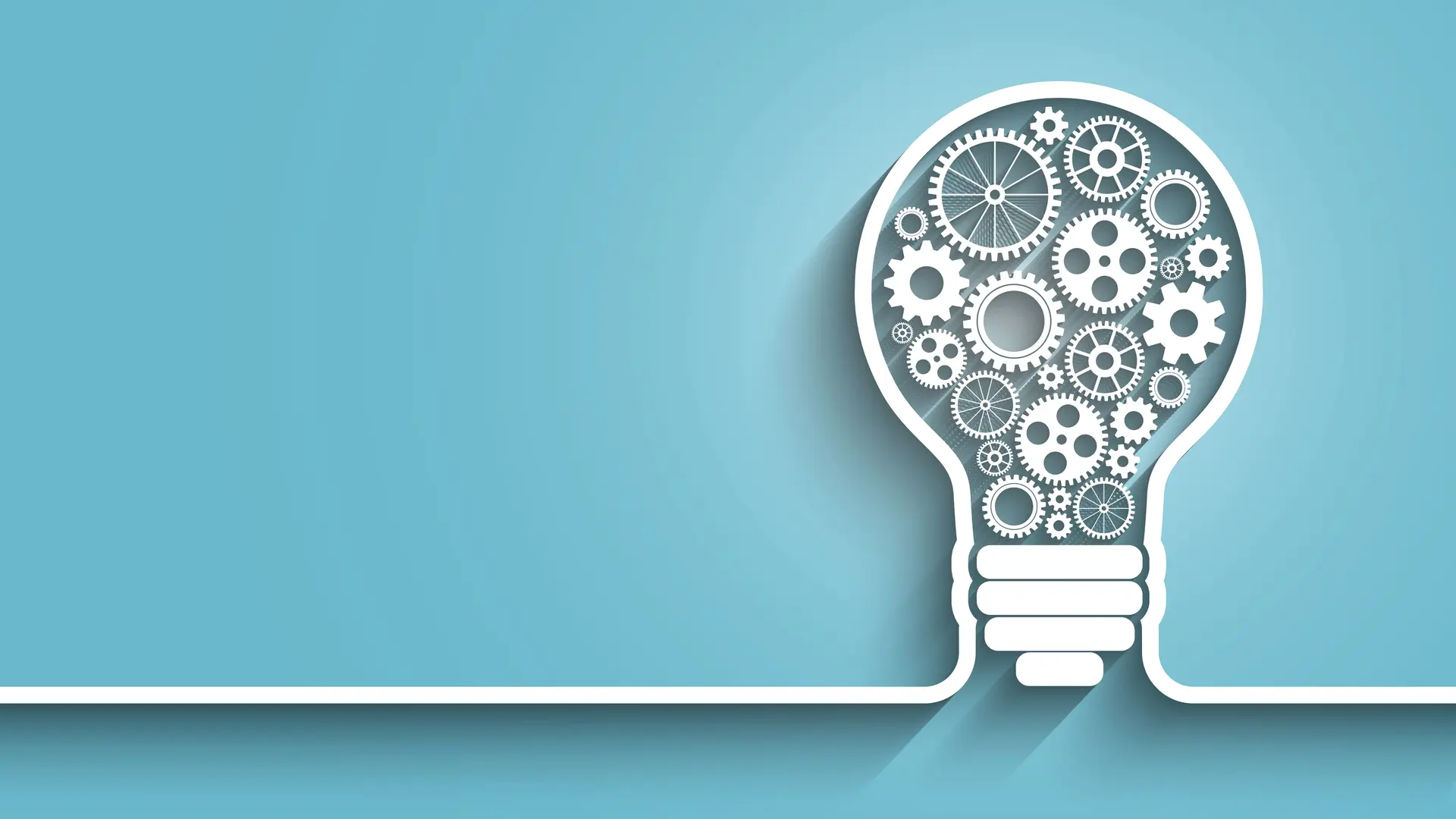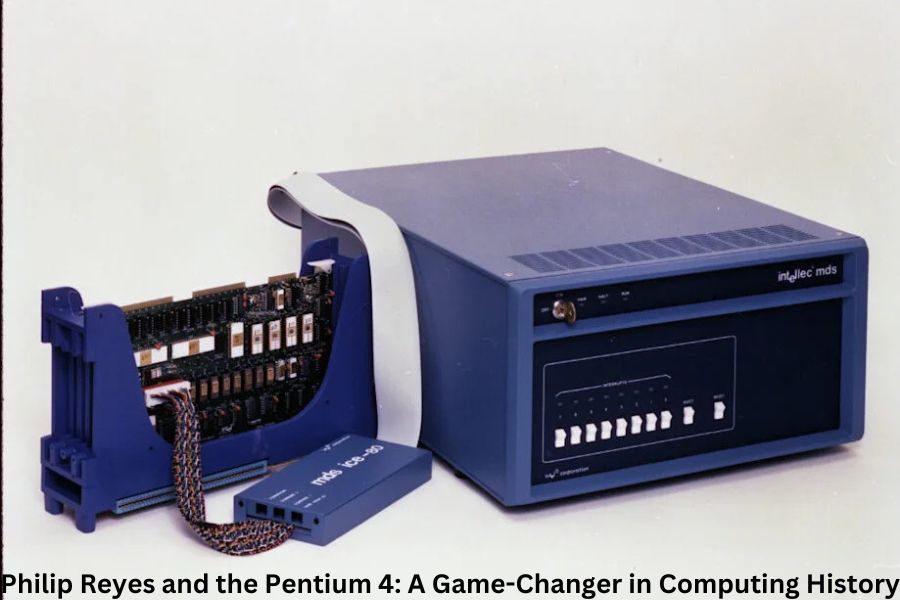Product Development: Bringing Innovation to Life
Product development is a dynamic process that involves transforming ideas and concepts into tangible and marketable products. It encompasses the entire journey of designing, creating, and launching a product, from conception to commercialization. This intricate process requires a multidisciplinary approach, incorporating elements of technology, design, market research, and project management. Let’s delve into the world of product development and explore its key stages, challenges, and the importance of innovation.
The Stages of Product Development
- Idea Generation: The product development process begins with idea generation, where concepts and innovative solutions are brainstormed. Ideas can stem from various sources, such as customer feedback, market trends, technological advancements, or internal research and development.
- Market Research: Once an idea is conceived, market research plays a crucial role in evaluating its viability and potential demand. This stage involves analyzing market trends, identifying customer needs and preferences, and assessing the competitive landscape. Market research helps refine the initial idea and guides subsequent development decisions.
- Concept Development: In the concept development stage, the initial idea is further developed into a concrete concept. This involves creating design sketches, defining product features and specifications, and conducting feasibility studies. Prototyping may also be employed to test and refine the concept before proceeding to the next stage.
- Design and Engineering: The design and engineering phase brings the concept to life. Designers and engineers collaborate to develop detailed technical drawings, 3D models, and prototypes. They consider factors such as functionality, manufacturability, materials, and aesthetics to create a well-engineered product design.
- Testing and Iteration: Rigorous testing is conducted to ensure that the product meets quality standards and fulfills its intended purpose. Testing may include performance testing, durability testing, user experience testing, and compliance testing with industry regulations. Feedback from testing informs further iterations and refinements of the product design.
- Manufacturing and Production: Once the product design is finalized, manufacturing and production processes are initiated. This involves selecting suppliers, sourcing materials, setting up production facilities, and implementing quality control measures. Efficient manufacturing processes and supply chain management are critical to ensure cost-effectiveness and timely delivery.
- Launch and Commercialization: The product is launched into the market, accompanied by marketing and promotional activities. This includes developing marketing strategies, creating product packaging and branding, and executing a comprehensive launch plan. The success of the product launch relies on effective communication, targeted advertising, and establishing distribution channels.
Challenges in Product Development
Product development is a complex process that comes with several challenges:
- Uncertain Market Demands: Determining market demand accurately is challenging, as consumer preferences and trends can be unpredictable. Conducting thorough market research and staying attuned to customer needs are essential to mitigate this challenge.
- Technological Advancements: Rapid technological advancements present both opportunities and challenges. Incorporating cutting-edge technologies into product development requires continuous learning, adapting to new tools and platforms, and staying ahead of the competition.
- Cost and Resource Management: Managing costs and allocating resources efficiently throughout the product development process can be challenging. Balancing budget constraints, optimizing production processes, and ensuring timely delivery within budgetary limitations are critical considerations.
- Intellectual Property Protection: Protecting intellectual property rights is crucial to prevent unauthorized use or imitation of the product. Navigating patent laws and filing for intellectual property rights can be complex and require legal expertise.
The Importance of Innovation in Product Development
Innovation is at the core of successful product development. It enables businesses to differentiate themselves in the market, meet evolving customer needs, and stay ahead of the competition. Innovations can range from incremental improvements to groundbreaking, disruptive technologies. By fostering a culture of innovation and embracing new ideas, companies can drive growth, improve customer satisfaction, and create products that have a lasting impact.
Conclusion
Product development is a multidimensional process that transforms ideas into tangible products, leveraging technology, design, market research, and project management. It involves various stages, from idea generation to commercialization, with each stage contributing to the ultimate success of the product. Overcoming challenges, embracing innovation, and staying responsive to market demands are key factors in achieving success in product development. By combining creativity, market insights, and technical expertise, businesses can bring innovative products to the market, delight customers, and shape the future of industries.
Share this content:



